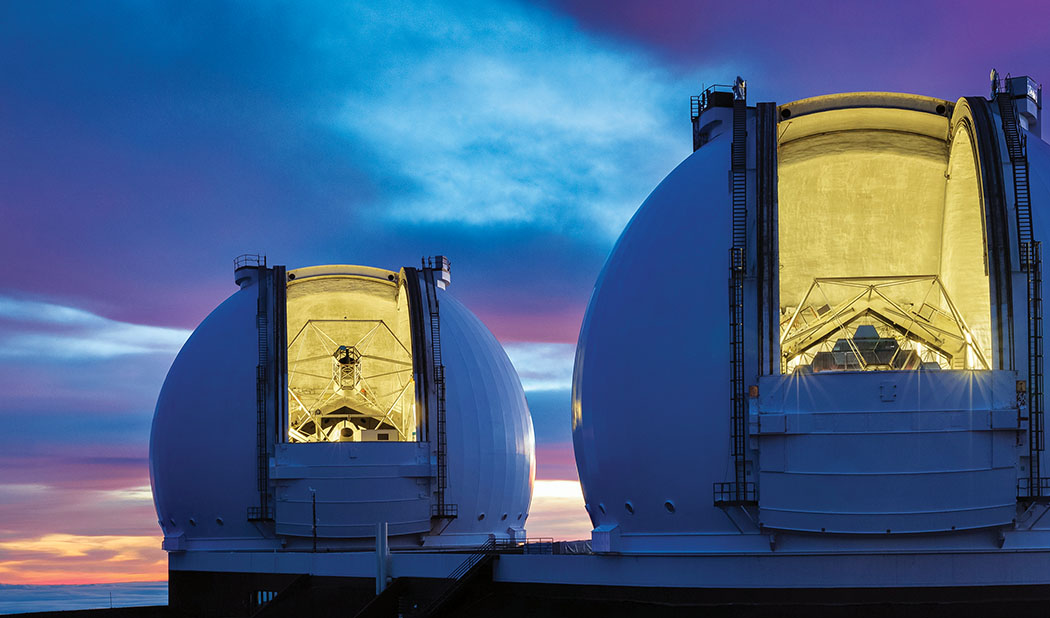
W. M. Keck Observatory: Seeking Answers to the Greatest Questions About Our Universe
 By Jon Lomberg
By Jon Lomberg
Ask any astronomer to short-list the world’s best telescopes and W. M. Keck Observatory’s twin instruments on Mauna Kea will be at the top of everyone’s list. The combination of a perfect site, generous funding, and cutting-edge engineering has allowed a generation of astronomers to see the farthest, faintest, and weirdest objects in the Universe.
The Keck Foundation funded and completed the first telescope in 1993. Three years later its twin was completed, identical in size and operation. Since then, astronomers using Keck have contributed more important published scientific papers than any other observatory on Earth. The two telescopes sometimes observe the same object simultaneously, as in an important study of disks of materials surrounding nearby stars—disks that will eventually evolve into planets.
Usually they do not function as jumbo binoculars; they observe independently. Director Taft Armandroff refers to the telescopes as “an international treasure that you want to sustain.”
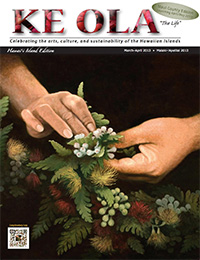
Putting these large telescopes on Mauna Kea was not easy. The difficulties in constructing high-precision machinery above 12,000 feet is suggested by the story of the welder who called his foreman in frustration to complain, “I’ve cut this pipe three times and it’s still too short.” Hypoxia—lack of oxygen—can seriously hamper clear thinking. Astronomers new to the summit are warned not to deviate from their planned observations with the maxim: “If you come up with a great idea on the summit, you haven’t.”
Such stories may become fewer as more remote control becomes standard. A duplicate set of control rooms at Keck headquarters in Waimea now allows visiting astronomers to oversee the telescope’s operations without climbing the mountain. Usually the only staff on the summit at night are Keck’s technicians who monitor the operation of the machines.
So drop the stereotype of the astronomer gazing pensively into an eyepiece. Telescopes like the Keck’s don’t even have eyepieces. All the “looking” is done by the various cameras and other detectors attached to the telescope. A trip to the summit for an observing session would be anticlimactic for most non-astronomers. Nothing much happens, very few images are studied in real time, and technicians mostly just keep an eye on the machines and talk about baseball.
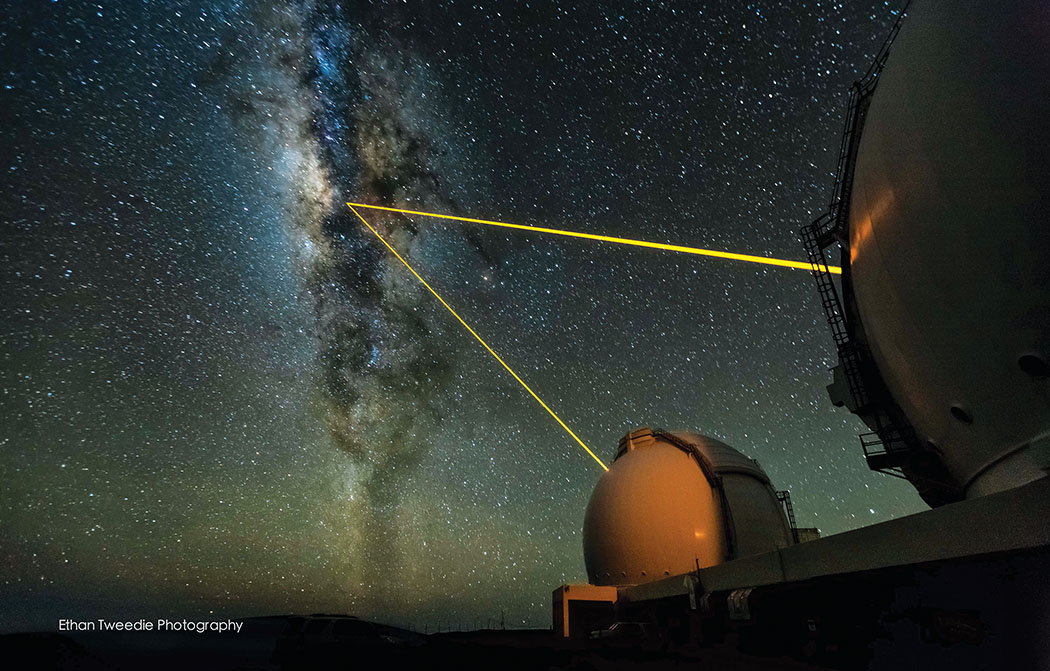
That being said, there are two breakthrough areas in telescope engineering that Keck has pioneered.
First, the use of adaptive optics stops the starlight from twinkling, steadying the image so it can be seen more clearly.
Second the multiple-mirror design gave Keck the world’s largest mirror.A reflective telescope is a bucket made to catch starlight. Just as a wide bucket catches more rainwater than a smaller one, bigger mirrors catch more starlight falling to Earth from the depths of space.
Ironically, the pristine starlight travels inconceivable distances for eons of time only to be smeared in the last few miles above the telescope. Rising currents of heat cause the light to deviate from a straight path, making the image appear to dance. This may be romantic, but astronomers would prefer their light detwinkled.

Adaptive optics (AO) compensates for the light’s random detours, steadying the image by ingenious computer programs that fix the image by distorting a small deformable mirror to exactly cancel out the movement caused by the atmosphere.
Most people then assume the primary mirror compensates for the abberations in AO. The primary mirror adjusts with the purpose of keeping the mirror in a perfect parabola.
“The thing that made it all possible was the advent of relatively inexpensive computing power—the mini computer and microcomputer,” recalled Hilton Lewis, Keck’s Deputy Director, an electronics engineer from South Africa who has been with Keck since 1986 when Keck Observatory was just on paper.
Of course having to adjust all mirror segments is 36 times harder than adjusting one. It is only because the mirror is segmented that it can be 10 meters (33 feet) in diameter. The largest single mirror designs, also on Mauna Kea, are about 8 meters (27 feet) in diameter, and this is the practical limit of single-mirror design.
In principle there is no limit to how many mirror segments can be joined together. The Thirty Meter Telescope proposed for Mauna Kea will join 492 individually controlled hexagonal segments to make a mirror 30 meters in diameter.
The James Webb Space Telescope, built to replace the aging Hubble Space Telescope, will also use this technology to make a large segmented mirror. It is scheduled for launch in 2018 to unfold its mirror in space like orbital origami.
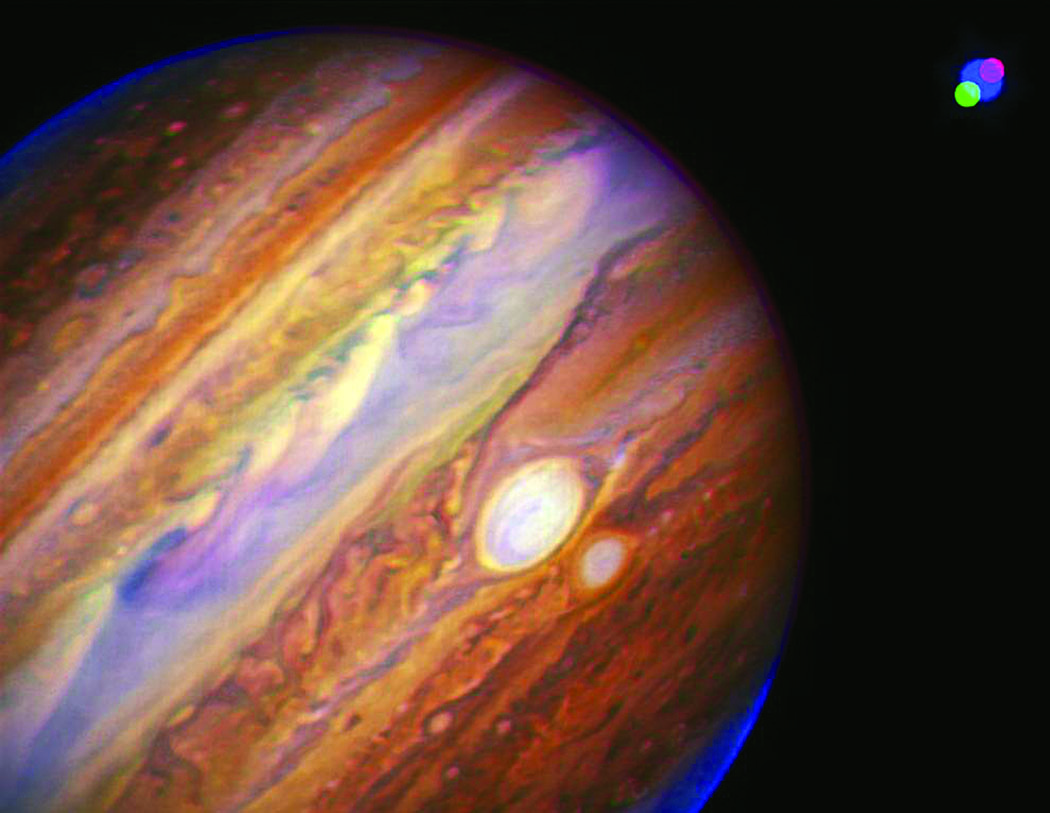 One of the unexpected challenges Keck faced resulted from a fairly large Hawai‘i Island earthquake in 2006. The shaking of the ground was so intense that both Keck telescopes shifted a fraction of an inch off their bases. It might not seem like much, but since the telescope’s pointing accuracy is razor thin, the accurate use of the instrument was compromised. Each base and mirror assembly weigh 300 tons, so it was no small matter to shift things back to the right position. In all, it took six weeks and 270 subsystems recalibrated to repair the telescope from the earthquake.
One of the unexpected challenges Keck faced resulted from a fairly large Hawai‘i Island earthquake in 2006. The shaking of the ground was so intense that both Keck telescopes shifted a fraction of an inch off their bases. It might not seem like much, but since the telescope’s pointing accuracy is razor thin, the accurate use of the instrument was compromised. Each base and mirror assembly weigh 300 tons, so it was no small matter to shift things back to the right position. In all, it took six weeks and 270 subsystems recalibrated to repair the telescope from the earthquake.
At year 20, Keck finds itself in the forefront of research, working on the discovery of Earth-like planets found orbiting nearby stars, finding the farthest supernova known to man, and the Nobel Prize-winning study of the accelerating expansion of the Universe. Keck is also pioneering the use of laser “guide stars” in adaptive optics. A laser shining upward creates a small glowing patch in the atmosphere. Seeing how that spot shimmers and twinkles determines the adjustments made to the mirror to compensate and keep the spot steady. Also steadied is anything else in the field of view—like the stars and galaxies they really want to observe. This artificial beacon allows astronomers to apply adaptive optics technology to any area of the night sky.
Keck is also a member of the Waimea community, and has been active in programs trying to bring astronomy to North Hawai‘i residents. There is a monthly public lecture series and an annual Solar System Walk. Keck staff participate in a variety of local science education activities such as science fairs and engineering competitions. The Observatory is proud of its growing fan base called Keck Nation, a virtual on-line and international community connected by the social media tools of the internet. Events commemorating the 20th anniversary of Keck will begin in mid-March. ❖
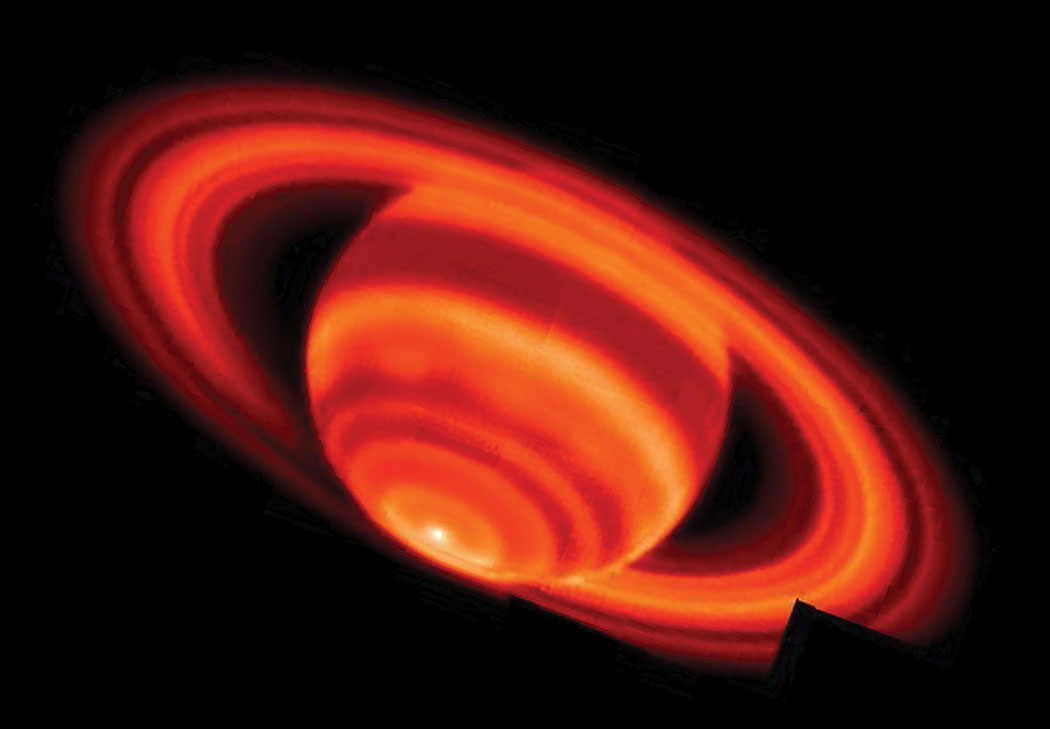
The Colors of Space
The sheer beauty of the images astronomy has brought to the world is almost as valuable as their scientific value. Like a treasure chest of gems, each picture is more beautiful than the last: glowing bands of light on Saturn, stars like colored jewels on black velvet, and pairs of galaxies distorted by each others’ gravity like a cosmic game of Twister.
Only a purist would point out that the colors in most of these images have nothing to do with what they would look like to human eyes, even if you were there. Most things in space are either too bright to look at, too faint, or they radiate only in wavelengths invisible to the human eye. The truth is the colors in many astronomy photos are entirely artificial, added according to the taste and whimsy of the astronomers whose reason for manipulating the colors is to make subtle structures more visible.
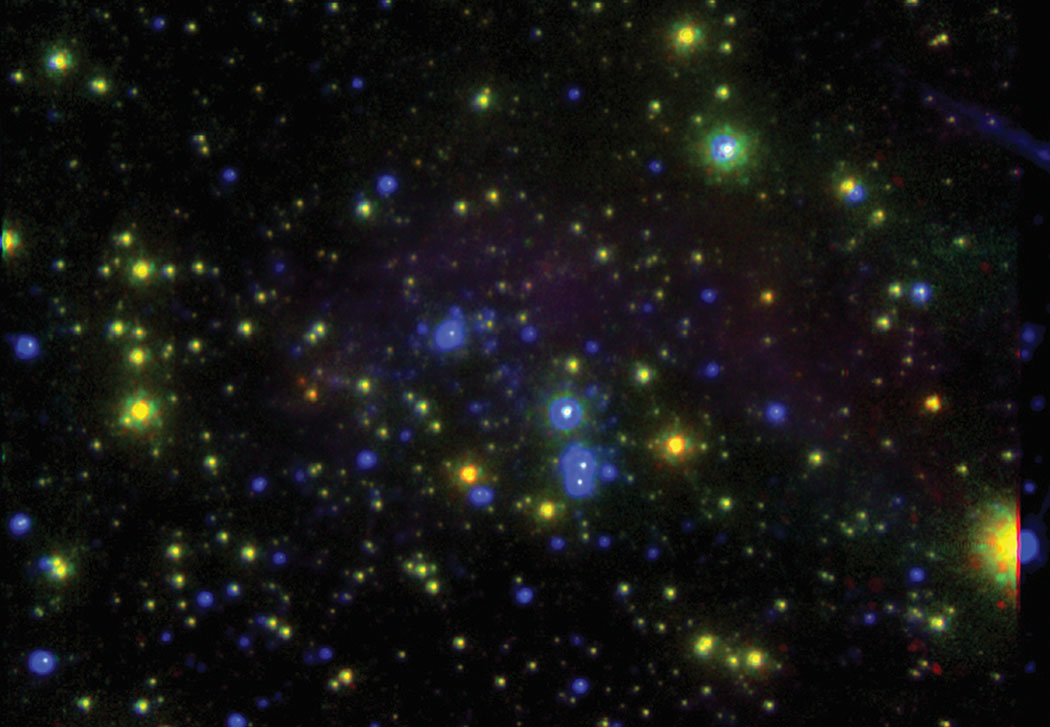
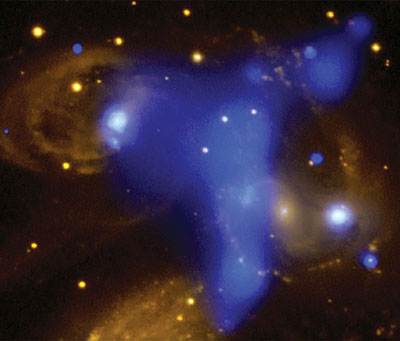
Keck is actually better than most—at least the false-color pictures shown above are clearly captioned in their photo gallery. For many years NASA’s Hubble Space Telescope and other great observatories have thrown realism off the bus in response to the wild popularity of astronomical images. The rationale seems to be that if the colors make people more interested in astronomy, then loss of accuracy is worth the increased interest—especially if it can lead to greater support and funding. One unhappy result is that when people get a chance to look through a real telescope they are disappointed to find that the Universe is not as psychedelic as the photos suggest.
For more info: KeckObservatory.org
W.M. Keck Foundation: WMKeck.org
Contact writer Jon Lomberg: JonLomberg.com


